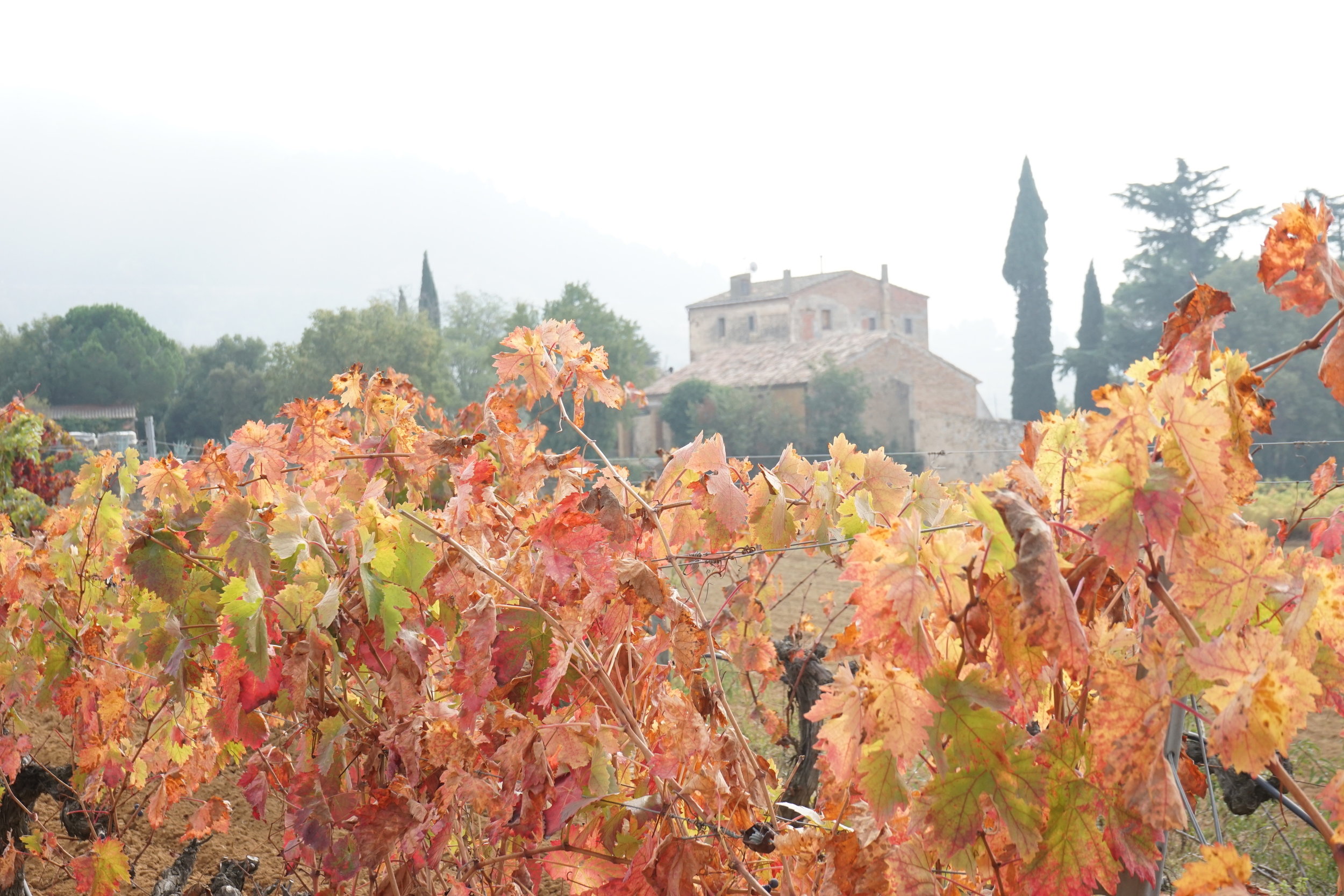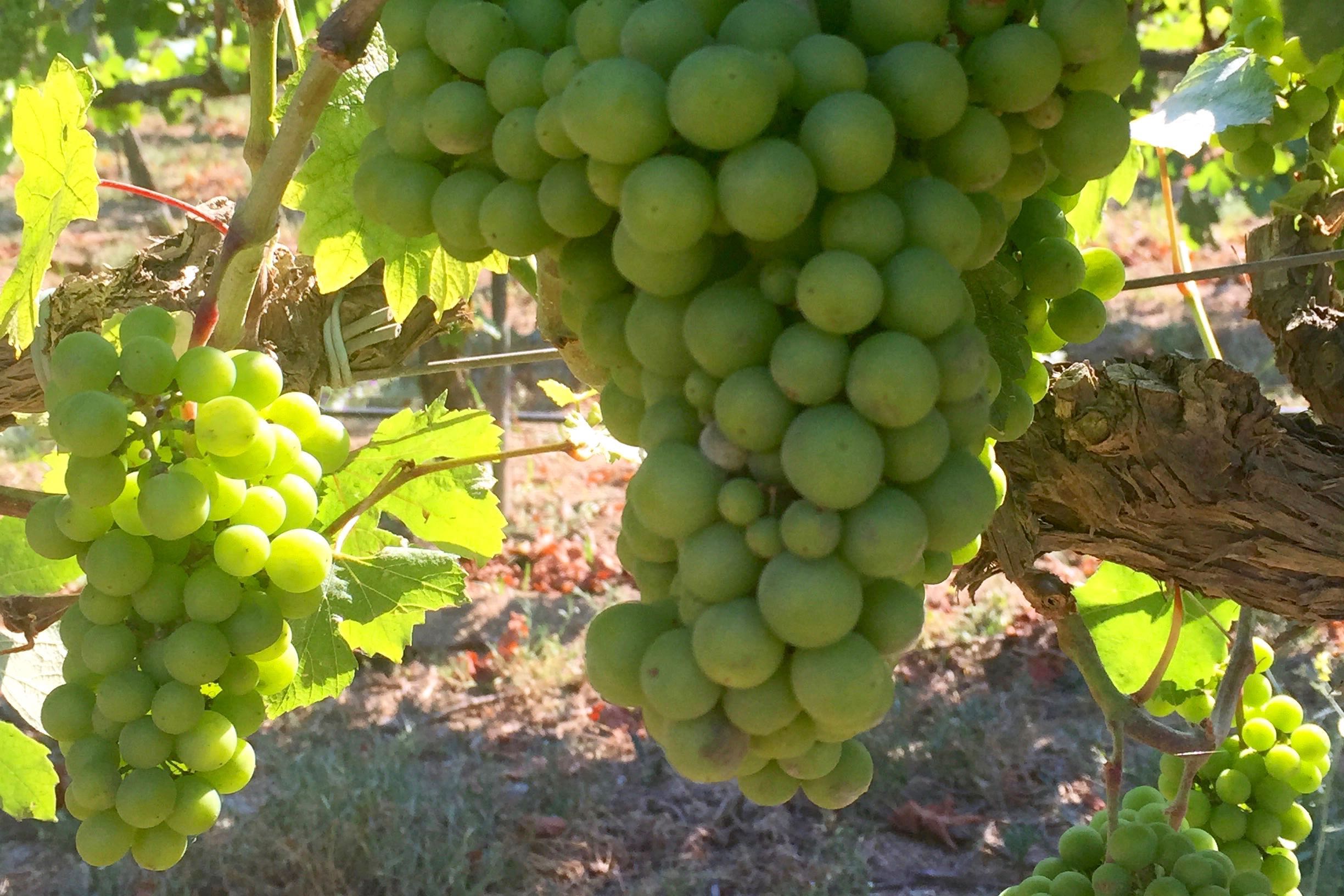Originally published in Eater.
Barcelona is truly one of the world’s most magnificent cities, but — as with most popular European destinations — that magnificence draws a crushing crowd of tourists, especially in summer. In June 2021, the Barcelona port reopened to cruise ships, which pre-pandemic dumped a monthly average of 400,000 people ashore, while any resident sun-seekers who don’t split town on vacation continue to head to the beach in droves. At its peak in 2019, more than 87 million tourists hit Spain — 23 percent of those visited Catalunya, and a full 12 million flocked to the streets of Barcelona. That number crashed during 2020, but travelers are now making up for lost time.
Conscientious travelers, and those seeking a little more breathing room, can mitigate the crush and expand their horizons by getting out of the center, which has the added benefit of revealing the less-crowded joys of greater Barcelona. Even within the city limits, there are under-visited neighborhoods that offer charm without chaos — or head into other parts of Catalunya for fresh air, winery tours, and beaches where you’re more likely to actually nab a spot (though with domestic travel up due to the pandemic, these local destinations are seeing more action than usual). No need for a car; all of these destinations are easily reached in under an hour — as little as 10 minutes — using the metro, the bus, or Renfe, the Spanish train network.
For a hip (nearby) haven: Gràcia
Gràcia, just two metro stops from Plaça de Catalunya, is known for its quiet streets and plazas, bustling restaurant scene, markets, and boutiques. Residents love the family-friendly hippie vibe, and visitors bask in the quiet of its narrow pedestrian-friendly streets. Head to Bar But for a small but reliable menu of Catalan dishes. For drinks, grab a terrace seat and a local Moritz beer for some people-watching on the Plaça de la Virreina. Or, drink natural wine at the popular Bar Salvatge. In mid-August, narrow streets are transformed with decorations for the week-long Festa Major de Gràcia, which are made mostly from recycled materials: Papier-mache dinosaurs loom two stories tall, and plastic-bottle jellyfish wiggle overhead. How to get there: 10 minutes from Plaça de Catalunya on the L3 line to the Fontana stop.
For a green escape: Horta
Take a trip to the countryside without leaving the city at Can Cortada for a traditional Catalan meal of pa amb tomàquet (pan con tomate), grilled lamb chops, and roasted vegetables. “Can” roughly translates to farmhouse in Catalan, and Can Cortada, with its green lawn, fuchsia bougainvillea, stone exterior, and rustic decor, is indeed a farmhouse in the urban bustle of Horta, a neighborhood on the fringes of Barcelona. During calçot season (January to March), there’s a special menu dedicated to these seasonal spring onions, which look like skinny leeks and are dragged through smoky romesco sauce. From there, it’s a 15-minute walk to Parc del Laberint d’Horta, where you’ll find gardens, a labyrinth, and a pond set in a Neoclassical pavilion. How to get there: 20 minutes from Plaça de Catalunya on the L3 line to the Valldaura metro.
For chic streets and eats: Sarrià
With its charming side streets, colorful houses, and quaint passageways, Sarrià’s main drag, Carrer Major de Sarrià, comes alive in the afternoons when the kids get back from school. Neighborhood cultural center Casa Orlandai was built in 1891, and boasts a pretty cafe with stained glass and original ceramic tiles. Nearby, bakery Foix de Sarrià has been going strong for over 125 years, while neighboring El Tomás de Sarrià has some of the best patatas bravas in the city, fried crisp and served under a dollop of garlicky allioli and spicy bravas sauce. Or, grab a cocktail in boho-chic Bar Treze, whose calming interior calls to mind the cool island breezes of the Balearics. Plaça de Sant Vicenç is a good place to rest your feet, or wander the nearly hidden ivy-laden Passatge de Mallofré. How to get there: 20 minutes on the L6 train from Plaça de Catalunya to the Sarrià or Reina Elisenda stop.
For great art and greater views: Montjuïc
Rising up above the southern edge of the city, Montjuïc — probably named for the Jewish cemetery found here — holds many charms, including Montjuïc Castle, the Fundació Joan Miró museum, and the lush Jardins de Mossèn Cinto Verdaguer. The Piscina Municipal (public swimming pool) was built for the 1992 Olympics and offers a stunning panorama of the city. On your way down the mountain, stop into Casa Xica for Catalan-Asian fusion or tapas at El Sortidor de la Filomena Pagès, whose pretty stained glass windows beckon passersby in for a cozy tapas menu. How to get there: Under 20 minutes by No. 150 bus from Plaça de Espanya or by funicular from metro Paral·lel; a cable car from Barceloneta takes under 10 minutes and offers great views, but be prepared to wait to board in summer.
For wine on a micro-scale: Alella
About 10 miles outside of Barcelona, the quaint, seaside Alella wine region was the summer playground of city elites until the end of the 19th century; the 1980s housing boom left only eight wineries here. Today, the wine remains excellent, but the majority of Catalan wineries lack tasting rooms, so be sure to book tours ahead. Alella is best known for its native pansa blanca grape, which makes for light-bodied, aromatic whites. Renowned Alta Alella Mirgin offers outstanding wines and stunning views of the coastline and Barcelona; Bouquet d’Alella offers tours, tastings, and special calçotada meals over January to March. After a tasting, stroll through town to admire the beautiful villas and grab some tapas at the locals’ favorite bar, Companyia d’Alella. How to get there: About 30 minutes by train from Barcelona Sants station to El Masnou. A short walk south (keeping the water on your left) will bring you to the bus stop and from there, the 690 bus will drop you right in town. Connections to the wineries can be made by taxi or another 10-to-20-minute walk from the town center. There are two direct buses (e19 or 644) that run from Plaça d’Urquinaona in Barcelona to the center of Alella. By taxi, the wineries are a 20-minute drive from Barcelona.
For all things cava: Sant Sadurní d’Anoia
Sant Sadurní d’Anoia is the birthplace of cava, boasting more than 80 wineries and miles of underground cellars where cava has been produced since 1872. Top names like Recaredo are just a short walk from the train station. Stop into Simón Coll for some chocolate, or take their tour, which runs in English twice daily weekdays and once daily on weekends. Try La Cava d’en Sergi for elevated Catalan cuisine, which features dishes like duck confit with apple chutney and port wine sauce. It’s essential to book wine tours ahead of time; restaurant reservations are generally good to have, especially on weekends in high season. How to get there: 1 hour by R4 Rodalies train from Plaça de Catalunya station to Sant Sadurní d’Anoia (direction Vilafranca del Penedès). From the station it’s a short walk into the center.
For a chill beach day: Garraf Beach
In high season, finding a place to lay your towel along the Catalan coastline is a real challenge. Tiny Garraf Beach is a good bet. Head to the sand in the late afternoon, after the heat has begun to subside. The beach is high on charm, with a row of jaunty green-and-white fishermen’s houses facing the sea. Then, take in the sunset at Chiringuito de Garraf, which offers simply presented Spanish tapas, like grilled sardines and steamed mussels, and seafood paellas. Grab a mojito at Gurugú Iguana before hopping back on the train. How to get there: 45 minutes from Barcelona Sants station on the R2S Rodalies train to Garraf station.



















